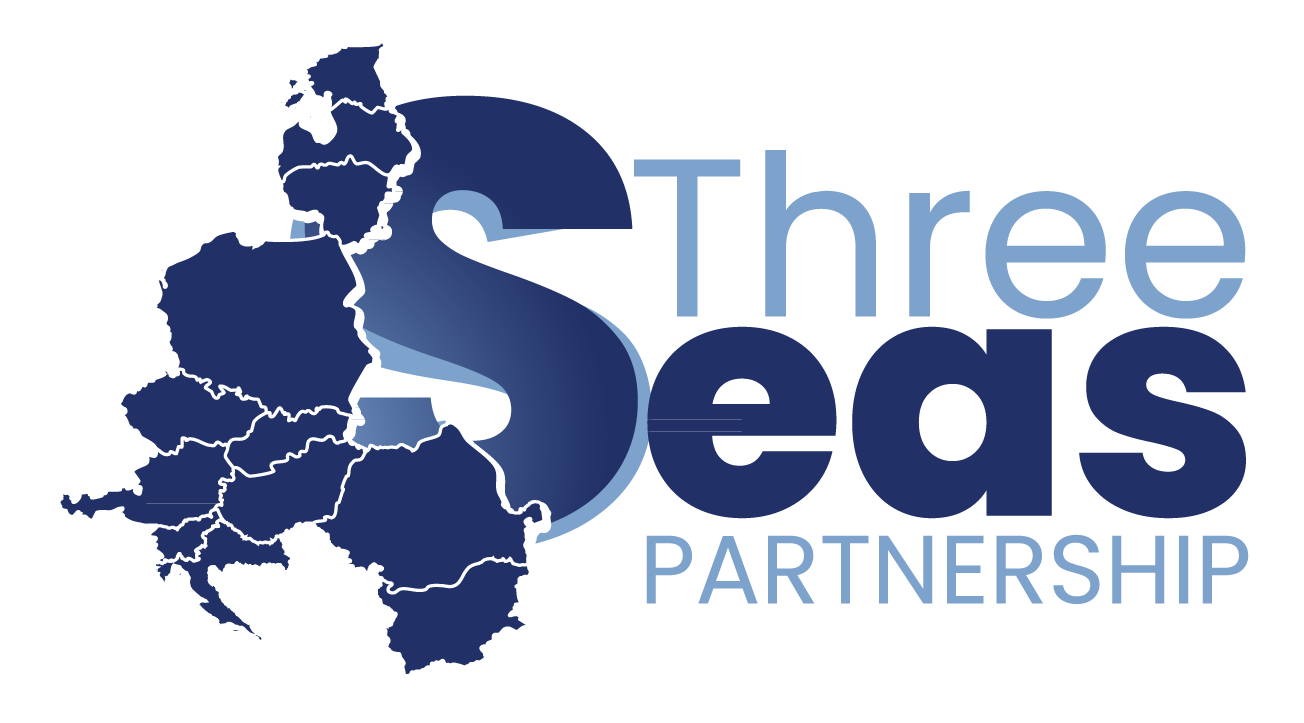BALTIC MONITOR
Date: 25 November 2019
Money laundering in Estonia. Russian secret services benefited?
Russian secret services were exploiting Estonia to finance their foreign operations – Estonian Minister of Finance Martin Helme claims. Currently, Estonia is implementing reforms resulting from the money laundering scandal caused by the Estonian branch of Danske Bank (220 billion dollars). Helme presides over the commission which is examining money laundering and terrorist financing operations. Danske Bank withdrew from the Estonian market this year when the administration of the bank branch admitted to participating in money transfers of doubtful origin in 2007-2015.

In his interview for Reuters, Helme said that two kinds of money sources were coming from Russia. Part of them was the money from embezzlement which was supposed to be channelled abroad. The rest was “closely connected” with Russian secret services. Helme did not specify which Russian institutions are involved and did not provide evidence to support his statements. However, he mentioned that representatives of the Russian authorities had recently visited Estonia. – They came here to find out what we know and to use this knowledge to hide their operations more effectively – Helme said. Estonian authorities are examining whether people sanctioned by the USA were engaged in financial operations. In October, Helme had a meeting with Marshall Billingslea in Washington who deals with terrorist financing in the United States Department of the Treasury. Helme commented on this issue when the Swedish public television SVT contacted SEB, the biggest Scandinavian bank operating in Estonia, claiming that it has information about the possible money laundering in this bank. Swedbank and its branch in Estonia are also among the suspects. Currently, the Estonian Finantsinspektsioon and its Swedish counterpart are checking whether the media reports are true.
Support Us
If content prepared by Warsaw Institute team is useful for you, please support our actions. Donations from private persons are necessary for the continuation of our mission.
Helme assures that currently, the risk of potential money laundering in the Estonian banking system is much lower than several years ago. For this purpose, the Estonian authorities reinforced several institutions struggling with embezzlement in banks, such as the Financial Supervisory Authority (Finantsinspektsioon). At the turn of 2018 and 2019, the Estonian financial supervision carried out a detailed audit in 16 banks with regard to the procedures and organisation in the context of money laundering. The main risk group when it comes to possible money laundering in the branches of Scandinavian banks are the owners of accounts who are not living in Estonia. However, since 2014 their share fell from 20 to 10 percent when it comes to bank deposits. Helme stresses that in this matter, Estonians are the victims as the headquarters of the foreign banks with their branches in Estonia are mainly responsible for the situation.
_________________________________
All texts published by the Warsaw Institute Foundation may be disseminated on the condition that their origin is credited. Images may not be used without permission.















